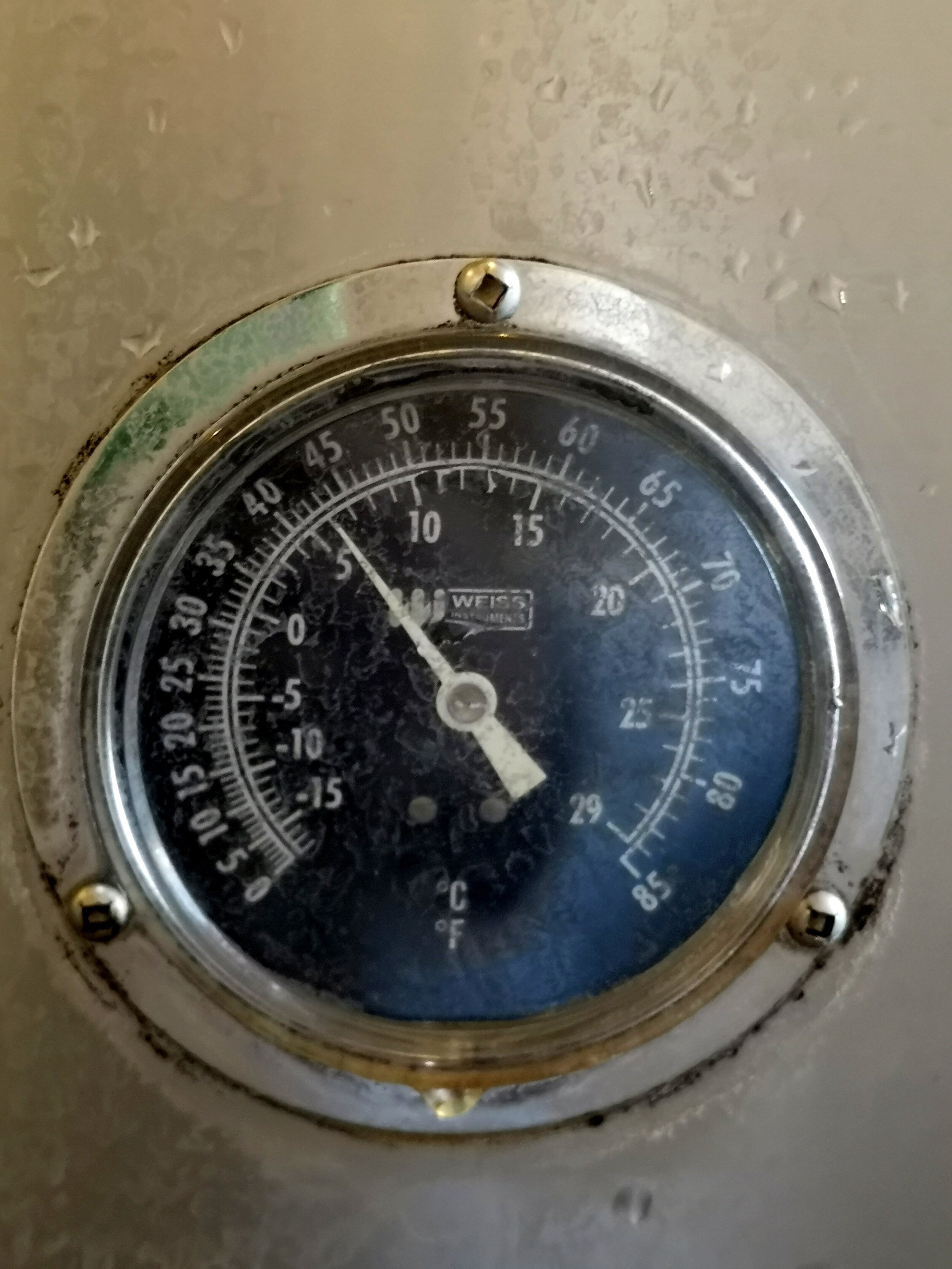
SAUGEEN COUNTRY YOGURT
At Saugeen Country Dairy we make yogurt from cow's milk, bacterial culture and nothing else.
Commercial dairies nowadays often manufacture yogurt with milk ingredients, i.e. whey protein concentrate, skim milk powder, stabilizers and gelatin. Yogurt made from whole milk straight from the cow is the best. The shorter the list of ingredients the more natural and better-tasting your food will be.
We do not homogenize the milk. This is a process that changes the lipids to prevent the milk from separating. Cream rises to the top in milk that is not homogenized. Non-homogenized milk products are easier to digest. Because we do not homogenize the milk there is often a thin layer of cream on the top of the yogurt.
We are a small company and we prefer to focus on just a few products, rather than having a whole line of yogurts. We cannot make low-fat yogurt, because we would have to add extra skim milk powder. Plain yogurt is a very versatile product. You can add the fruit or cereal of your choice or add the right amount of sugar.
“When you buy this yogurt you help us care for the land and our animals in a responsible way.”

How we make it:
The milk from our cows goes right from the barn to the yogurt house (this is what we call our little processing plant).
Step 1:
The first step in making yogurt is pasteurization. The raw milk is heated to a temperature where bacteria can no longer survive. The bacteria that are present in raw milk would interfere with the yogurt culture during the fermentation process.
Step 2:
After pasteurization, the milk is cooled down to 43 degrees Celsius (110 degrees Fahrenheit). This is the temperature at which the yogurt culture is added. Because there are no other bacteria present, a controlled fermentation can start. The yogurt culture has an ideal medium: milk at the right temperature and pH level and no competition from other bacteria, so they multiply at a high rate. It takes only 10 grams of frozen bacteria per 100 litres of milk.
Step 3:
While this fermentation is underway, we fill the yogurt containers with cultured milk. The containers are put on racks and moved to a hot room. There they sit for eight hours at a steady temperature of 43 degrees Celsius (110 degrees Fahrenheit). After that time the milk will have turned into yogurt. The racks with the cups are then transferred into our cooler.
Step 4:
After a night in the cooler, the yogurt is packaged in boxes for shipment to our customers. We don't re-pasteurize the yogurt so you are able to enjoy true living food!
Quick Facts:
The Yogurt Culture Ingredients and Probiotic Count
Strains in our yogurt:
Streptococcus thermophilus
Bifidobacterium lactis
Lactobacillus jonsonii
Lactobacillus delbruecki subsp. Bulgaricus
Probiotic Count:
Only Acidophilus(=Lactobacillus Johnsonii) Bifidus bacteria are considered probiotic under the labelling guidelines. The number of live bacteria goes down during the shelf life as the ongoing fermentation makes the product sourer. Bacteria are very sensitive to a low pH environment.
Number of live probiotic organisms per gram:
Day 7 16 million
Day 21 14 million
Day 35 13 million
Day 1 of shelf life is 45 days prior to the best before date on the lid.



